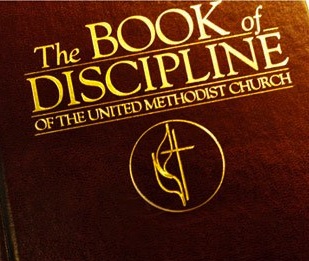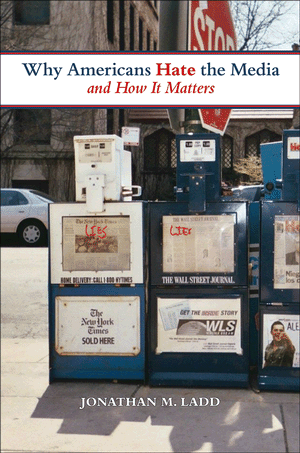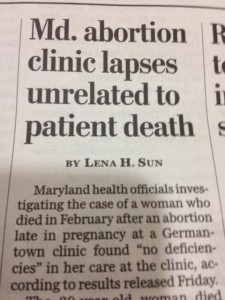At this point, I think it is safe to say — as our own Bobby Ross, Jr., has demonstrated numerous times — that many mainstream American journalists have decided that there is no need to cover both sides of gay-rights stories in a balanced and accurate manner. Many professionals in the mainstream press are now practicing a brand of advocacy journalism when covering religious believers whose religious/moral doctrines are not the same as their own.
Do we have former New York Times editor Bill Keller to thank for some of this, or is the mainstreaming of the values preached by the prophets of the 1970s “New Journalism” era simply a sign of the times?
The other day, the staff at The Philadelphia Inquirer served up a perfect example of what your GetReligionistas are talking about. The curtain rises:
PHILADELPHIA — It began with one pastor and two grooms. But after the vows had been exchanged, the other clergy moved forward from their pews.
About 50 of them filled the front of Arch Street United Methodist Church on Saturday. The closest rested their hands on the couple. The rest placed their palms on the clergy nearest.
“Those whom God has joined together, let no one put asunder,” they said in unison, blessing the same-sex union in defiance of church law.
This is the latest act in the ongoing drama of the the Rev. Frank Schaefer of Lebanon, Pa., who is about to face trial — under church law — for performing a marriage rite for his own son and another man. Each of the ministers who stepped forward to endorse the rite at Arch Street United Methodist now risks being charged with the same offense.
So what are the essential elements that should be included in a story about this highly divisive issue?
* You need a brief summary of the historical facts about this conflict in United Methodism and the oldline Protestant world, in general. We are talking decades, of course.
* You need to know what the church’s Book of Discipline actually teaches.
* You need solid quotes from those who oppose the existing church law, quotes that explain why they believe that centuries of Christian doctrine on this topic must be changed.
* It would help to have a dash of color from the rite itself, with examples of how this rite differs from the language used in traditional marriage services.
* Readers also need to hear from one or more articulate defenders of the church law, offering responses to the views of those rebelling against the church’s teachings.
So, want to guess how many of these factors end up being included in the Philly.com story?














